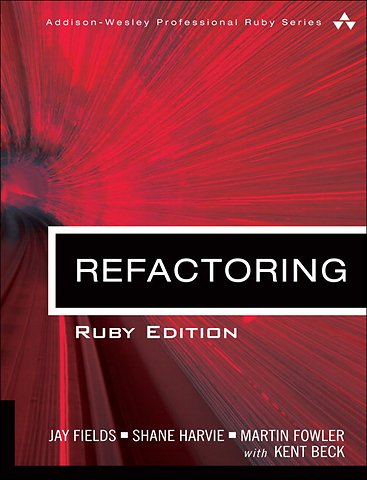Refactoring
Ruby Edition
E-book Engels 2021 9780321604187Samenvatting
Refactoring: Ruby Edition
The definitive refactoring guide, fully revamped for Ruby
With refactoring, programmers can transform even the most chaotic software into well-designed systems that are far easier to evolve and maintain. What’s more, they can do it one step at a time, through a series of simple, proven steps. Now, for the first time, there’s an authoritative, definitive guide to refactoring Ruby code. Based on the Martin Fowler book that invented refactoring, this book utilizes Ruby examples and idioms throughout — not code adapted from Java or any other environment.
The authors introduce a detailed catalog of more than 70 proven Ruby refactorings, with specific guidance on when to apply each of them, step-by-step instructions for using them, and example code illustrating how they work. Many of the authors’ refactorings use powerful Ruby-specific features, and all code samples are available for download.
Leveraging Fowler's original concepts, the authors show how to perform refactoring in a controlled, efficient, incremental manner, so you methodically improve your code’s structure without introducing new bugs. Whatever your role in writing or maintaining Ruby code, this book will be an indispensable resource.
This book will help you
· Understand the core principles of refactoring, and the reasons for doing it
· Recognize “bad smells” in your Ruby code
· Rework bad designs into well-designed code, one step at a time
· Build tests to make sure your refactorings work properly
· Understand the challenges of refactoring and how they can be overcome
· Compose methods to package code properly
· Move features between objects to place responsibilities where they fit best
· Organize data to make it easier to work with
· Simplify conditional expressions and make more effective use of polymorphism
· Create interfaces that are easier to understand and use
· Generalize more effectively
· Perform larger refactorings that transform entire software systems, and may take months or years
· Successfully refactor Ruby on Rails code
Specificaties
Lezersrecensies
Inhoudsopgave
Rubrieken
- advisering
- algemeen management
- coaching en trainen
- communicatie en media
- economie
- financieel management
- inkoop en logistiek
- internet en social media
- it-management / ict
- juridisch
- leiderschap
- marketing
- mens en maatschappij
- non-profit
- ondernemen
- organisatiekunde
- personal finance
- personeelsmanagement
- persoonlijke effectiviteit
- projectmanagement
- psychologie
- reclame en verkoop
- strategisch management
- verandermanagement
- werk en loopbaan
